This year is the 75th anniversary of the forming of one highly specialized World War II marine platoon, known as the Navajo code talkers.
During World War II, the 382nd Platoon of Marines from the Navajo Nation was essential in taking Iwo Jima from the Imperial Japanese Army.
Major Howard Conner, the Fifth Marine Division’s Signal Officer explained the role his specialized unit played, as quoted in an article for American History Magazine: “The entire operation was directed by Navajo code…. During the two days that followed the initial landings I had six Navajo radio nets working around the clock…. They sent and received over 800 messages without any error. Were it not for the Navajo Code Talkers, the Marines would never have taken Iwo Jima.”
Iwo Jima was one of the most famous and bloody battles in the Pacific Ocean theater during World War II. Many people today still recognize this iconic image of the marines raising the flag atop Mount Suribachi.
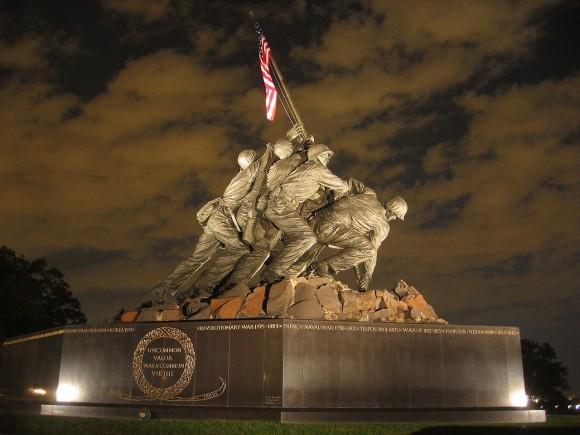
The United States military recruited 29 Navajo men to develop a code that was consistent, simple, and easy to memorize to be used via radio. To this day, it is the only spoken military code language that hasn’t been broken. The men who developed the code thus began to be known as Code Talkers.
Starting in 1982, these men have been celebrated on Aug. 14, during National Navajo Code Talkers Day.
“I say our language won the war,” said Marrietté Haswood of Haskell Indian Nations University.
“The Japanese kept breaking all the codes they were using but they couldn’t figure out Navajo language. They used other Native American languages too ... like Apache, Comanche. Another unique thing about Navajo code talkers, they created the code so even a fluent Navajo speaker were to hear it too, they didn’t understand [because] it was a code they only knew.”
The code was created by combining Navajo words with English phonetic alphabet sounds. They looked at pictures of various warplanes or weapons and decided on codenames which resembled the objects. This made deciphering the code a multi-step process that even a Navajo speaker would not be able to understand.
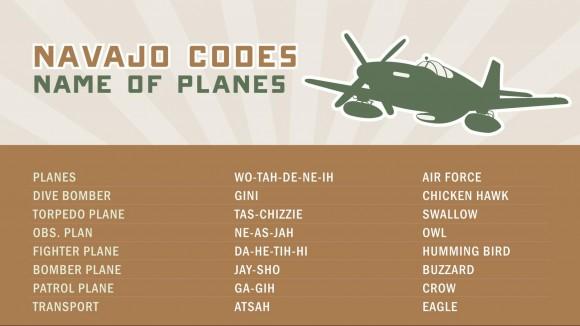
The last living Code Talker, Chester Nez, passed away in 2014 in his home state of New Mexico. Having been born in the Navajo Nation land in 1921, joining the military as a Marine was the continuation of Nez’s participation in the “white man’s world.” It was imperative that the young men coming from the Navajo tribe could speak fluent English as well.
By war’s end, the original 29 code talkers grew to a total of 420 Navajo men serving in a strategic, intelligence gathering role for the Marines. Though most didn’t speak of their efforts until decades after the war ended, the legacy of the Code Talkers lives on.
The Najavo Code Talkers Dictionary was declassified in 1968.
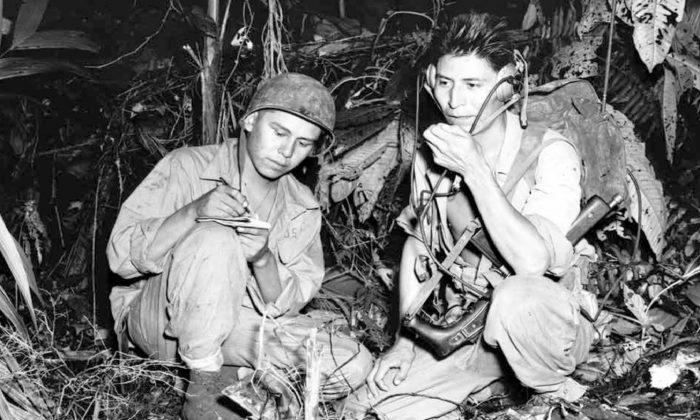
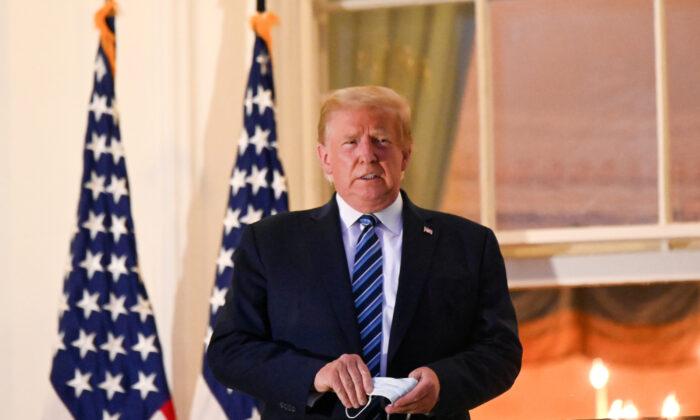
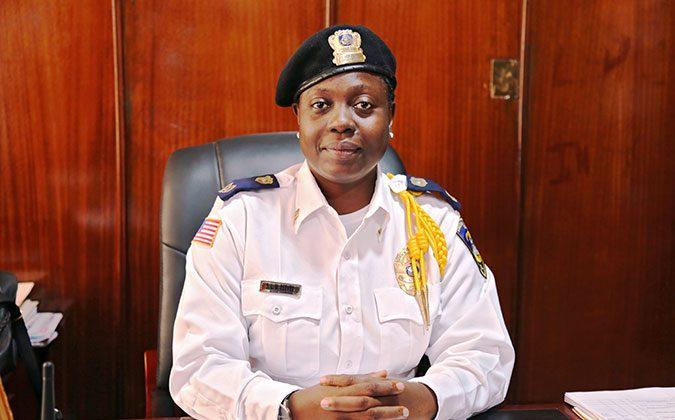
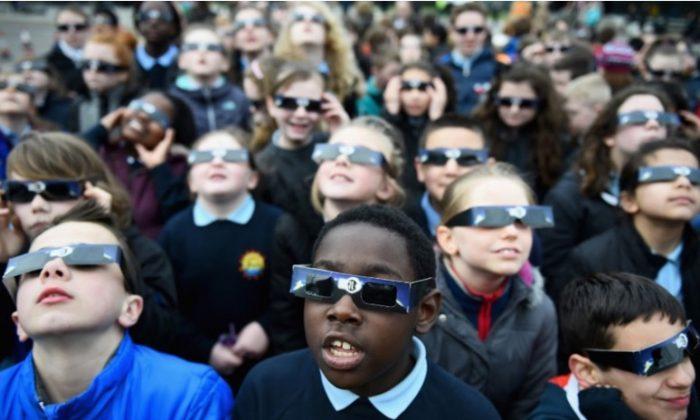
Friends Read Free